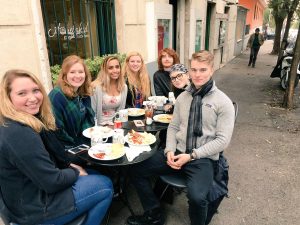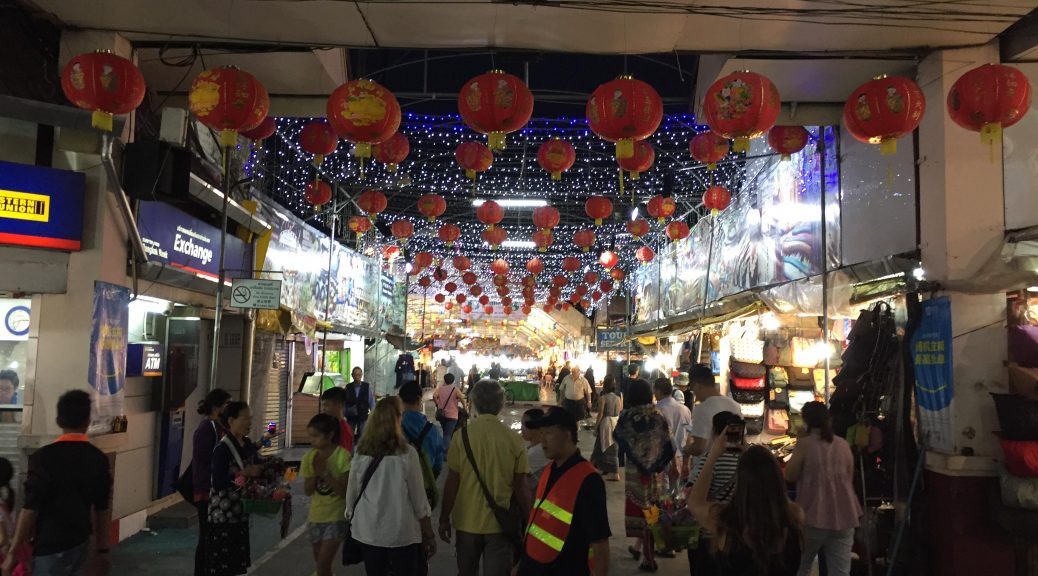
Thailand and Tết!
These past two weeks have been busy, busy, and more busy. Now that I have hit the one month marker, I feel I have finally relaxed into my life as a study abroad student living in Vietnam. After a few nights of disbelief, stress, and even some discomfort, I think the adjustment has (almost) been made.
Classes have been wonderful! Majority of the classes are directly taught through a lens of Vietnam and/or Southeast Asia and offer a viewpoint I haven’t had the privilege to be exposed to until now. Specifically, my Literature course and Religion course are rooted directly in material of Vietnam and Southeast Asia and the readings for both classes are some I don’t think I would just stumble across myself on my own. Being able to immerse myself in the culture of Vietnam and learn about the nation from professors that are either Vietnamese or have studied and lived here for years is one of the reasons I chose this center for my study abroad semester. I am happy to report that the classes have lived up and went beyond what I thought they would be.
Soooo I know I just gushed about Vietnam like I usually do (I bet my friends and family are tired of hearing me do the same everyday), but I actually travelled this past week outside of Vietnam! This week marks the start of Tết, which is one of (if not the most) important holiday in Vietnam. It is the national celebration of the Lunar New Year and takes place over this entire week, with the core celebrations being the 16th through the 18th. We have no classes during this holiday and have had significant time off which we can use to travel. Myself and a few of my friends in the program decided this would be a great time to take a trip to Chiang Mai, Thailand!
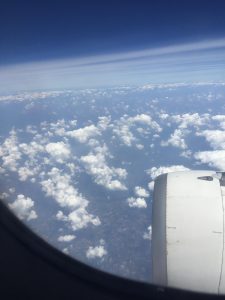
Lemme tell you, Chiang Mai is pretty different compared to the bustling nature of Saigon. Our hotel was on the edge of Old Town (the square center town part of Chiang Mai) and was in a relatively quiet area, a stark contrast to district ten of Saigon. Our first day we landed and immediately went straight for Pad Thai. I thought Pad Thai in the states was good but, y’all I was so wrong. We walked around some markets and the night bazaar as well as the various Buddhist temples within the city. The sheer amount of beautiful structure and architecture we got to see was amazing.
One of my favorite experiences was the Thai cooking class we went to. We were picked up from our hotel bright and early to visit a food market and learn about some of the ingredients we were going to cook with. We were then taken to the cooking class were we physically chopped all our ingredients, made our own curry paste, and cooked everything ourselves with help from our instructor Peanut (I know amazing, right?). We made three meals: A stir-fry, a soup, and a curry as well as Thai iced tea. We had a few options for each and I decided to go with cashew chicken stir-fry, coconut chicken soup, and a Kao Soi/Chiang Mai curry. Of course, everything was delicious and I think I may have to try out for Masterchef next season (hopefully they only want Thai food). We got a cute little cook book of all the recipes which I am super grateful so that I don’t royally destroy my kitchen and local supermarket looking for the ingredients I don’t remember the name of and making the dishes.
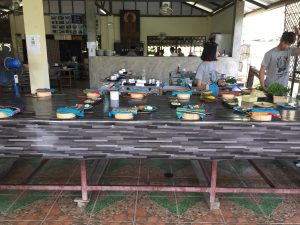
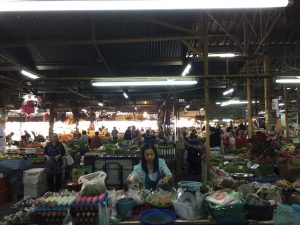
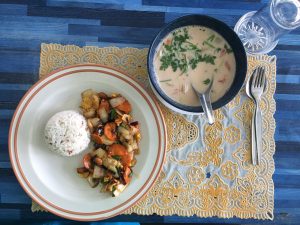
The next day we went to and elephant sanctuary because if you don’t go to one, were you really in Thailand (I kid, I promise). Of course we made sure we went to one that was definitely cruelty free and didn’t allow any riding and we were happy to find a bunch of places that did have rave reviews that ensured the treatment of the elephants is just. Once we arrived, we changed into some clothing over our own and started to chop up some sugar cane to feed the elephants. The guide ensured that their goal of the sanctuary was to keep the elephants healthy and happy (and that sugar cane is some of their favorite snacks). The elephants we got to see were elephants rescued from a riding company, had worked for farms when they were younger, and/or had been in the circus. The three large elephants had been rescued and included an older one deemed the “grandma” and two middle aged elephants. The last one was a 2-year-old baby that had been born at the sanctuary. We got to feed them the sugar cane we chopped, which was an experience and a half. They were all so gentle and sweet and hungry. The guide told us each elephant has a personality and that the younger one likes to be “naughty” which was definitely proved when he kept dropping every piece of sugar cane we gave him. After a brief walk, we got to go into a river/stream and bathe the elephants, which again was quite the adventure in itself. Afterwards we said our goodbyes and headed back to our hotel.
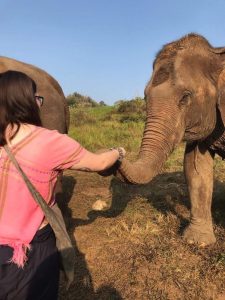
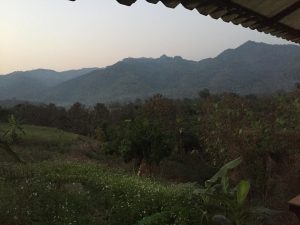
Upon returning to Saigon, we have Tết getting closer and closer. A majority of the students here are going home with their Vietnamese partner students from Bach Khoa University to visit their hometowns. Saigon is supposed to get immensely quiet during Tết as majority of the people are not from the city and leave to go to their home providences to celebrate the holiday among family. I have a lot of work to catch up on for classes (classic Emily) as well as I don’t want to get burnt out because we have another excursion coming up at the end of February to Cambodia and decided to stay in the dorm during the holiday. My partners do have other students coming to visit their home town and I am very very very excited to hear about the experiences and see pictures!
As the half way point draws close for this semester, I am sad to know it is going by so quickly. I had Déjà vu stepping out of the Saigon airport coming back from Thailand and it felt like I had just landed in Vietnam for the first time. I’ll close out as the reoccurring theme of the random food pics I take throughout my time here!
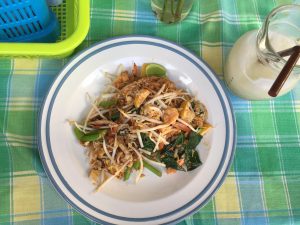
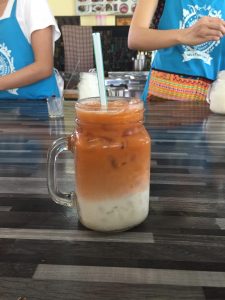
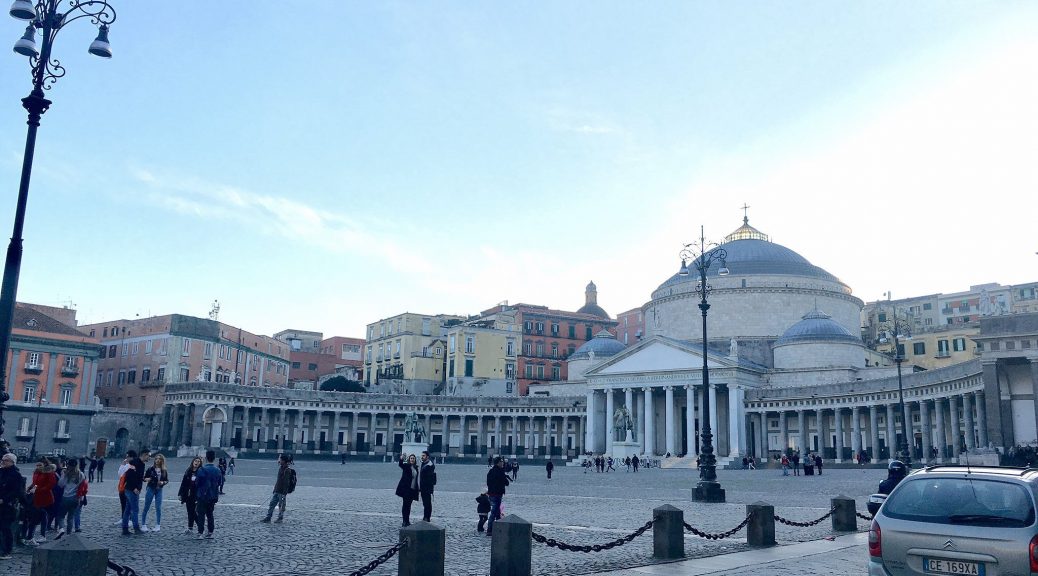
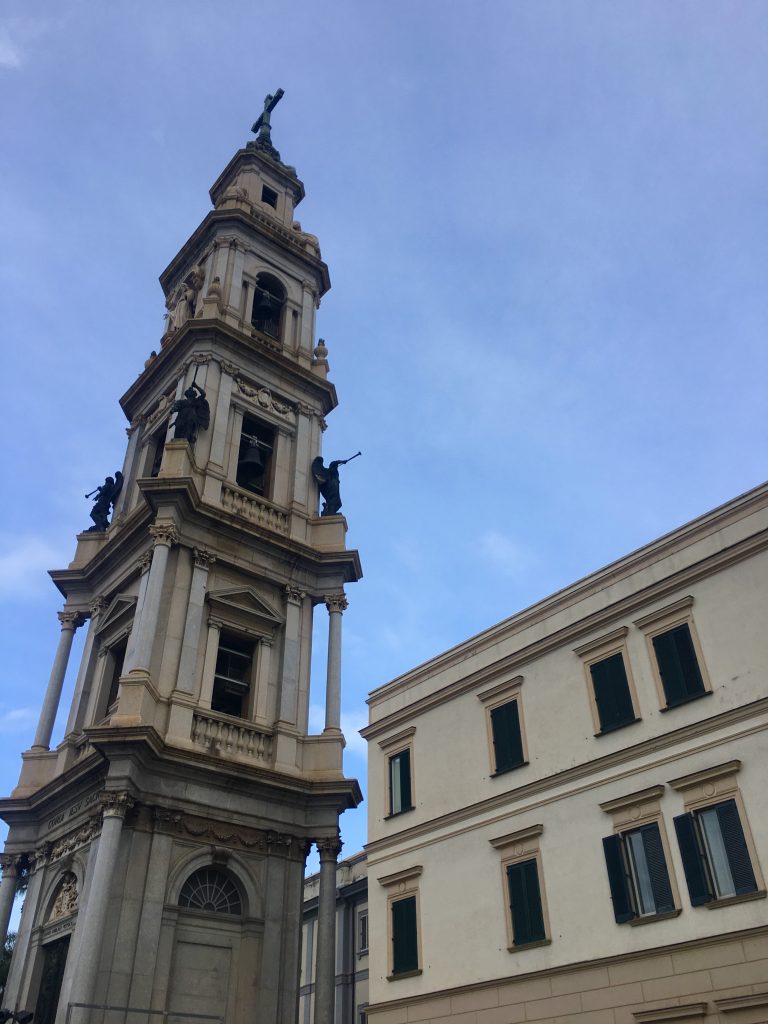
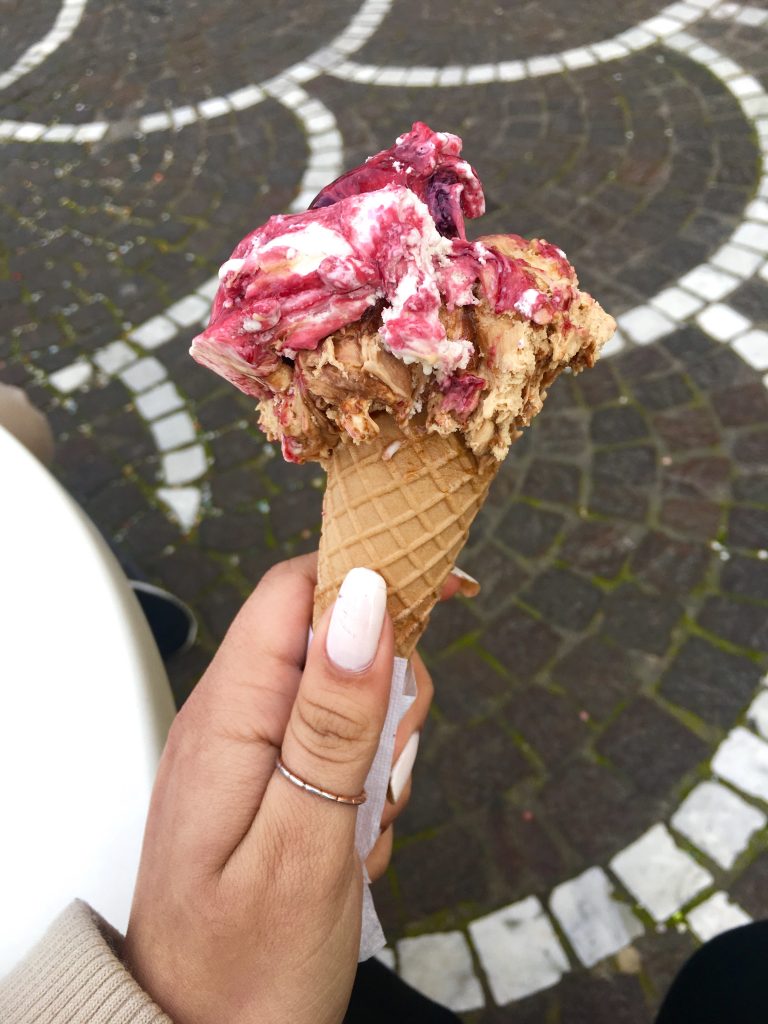
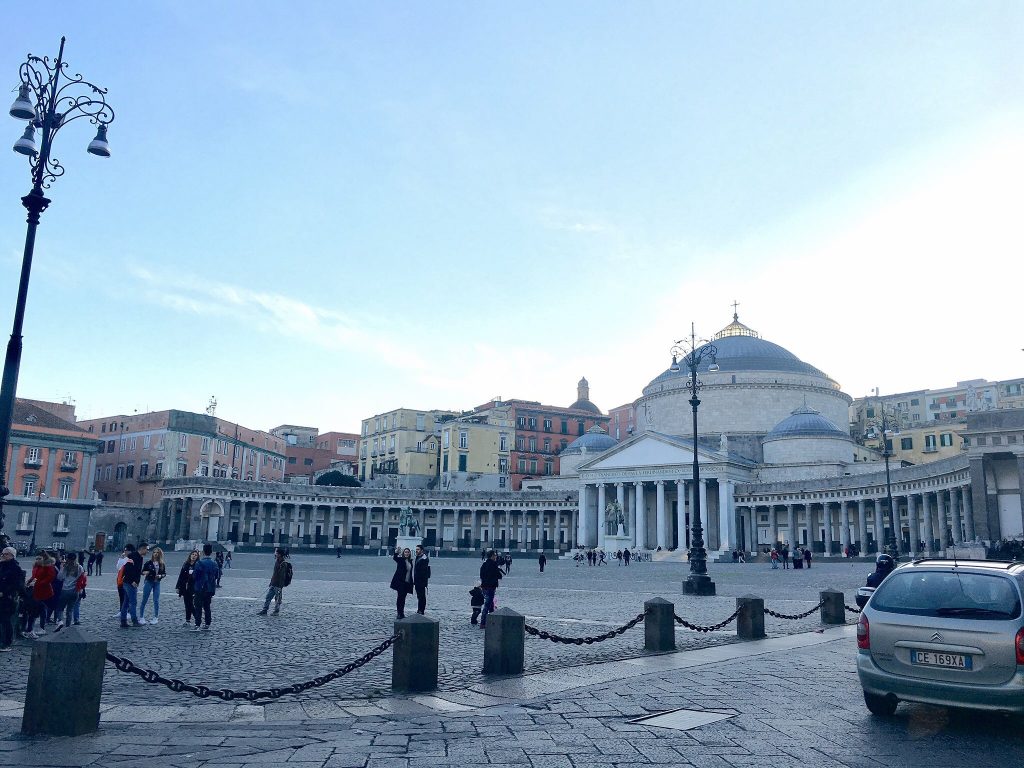
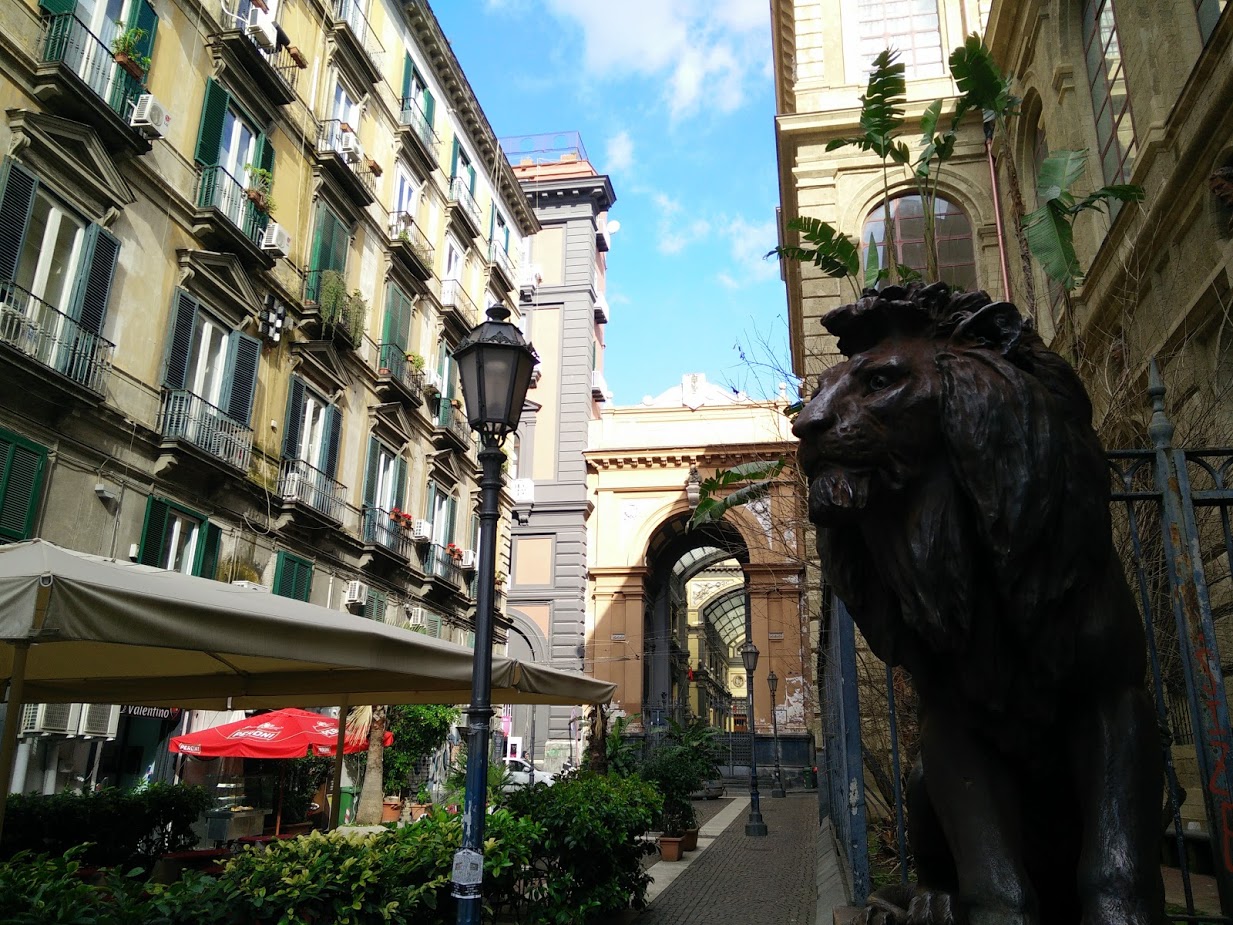 The Courtyard of La Accademia What the ancient aqueducts had looked like
The Courtyard of La Accademia What the ancient aqueducts had looked like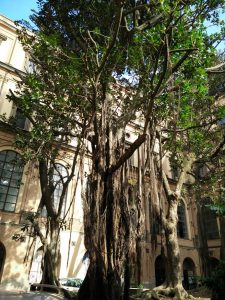
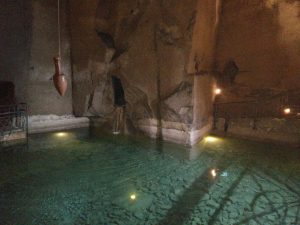
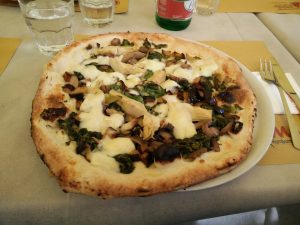
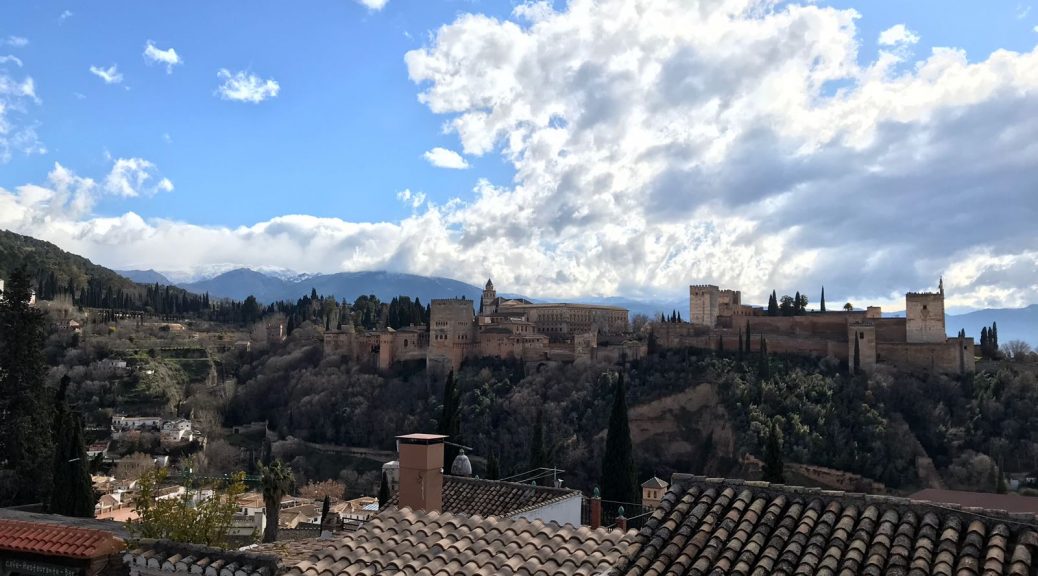
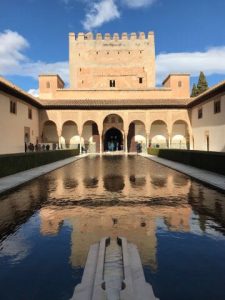
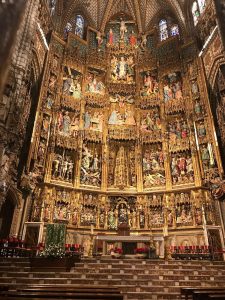
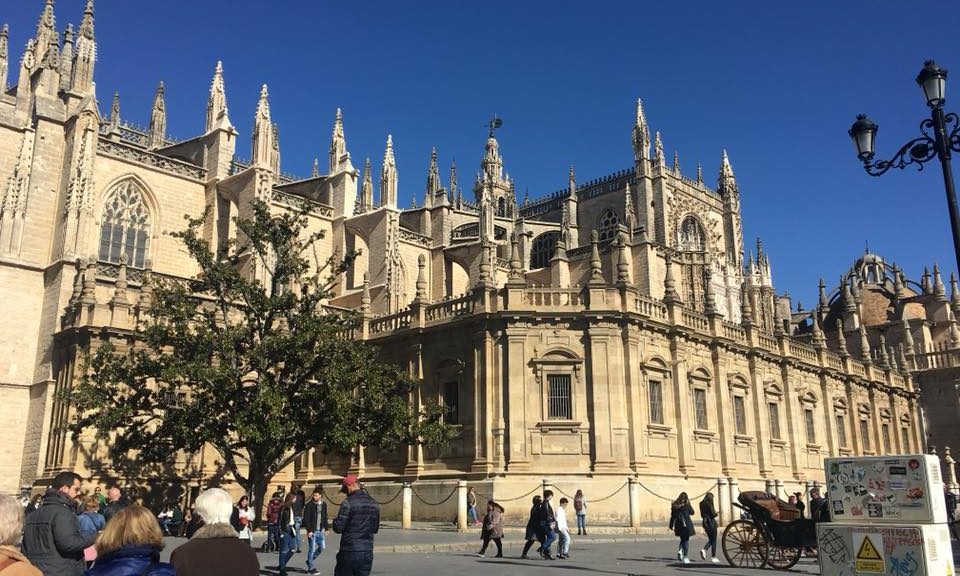
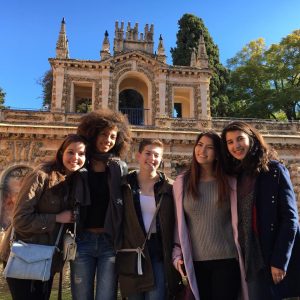 Here are me and my friends Cady, Sofia, Kim, and Alyssa at the Real Alcázar!
Here are me and my friends Cady, Sofia, Kim, and Alyssa at the Real Alcázar!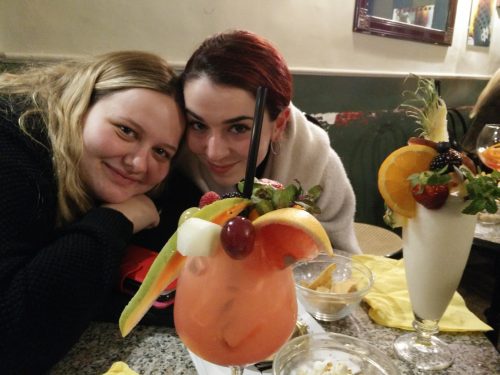
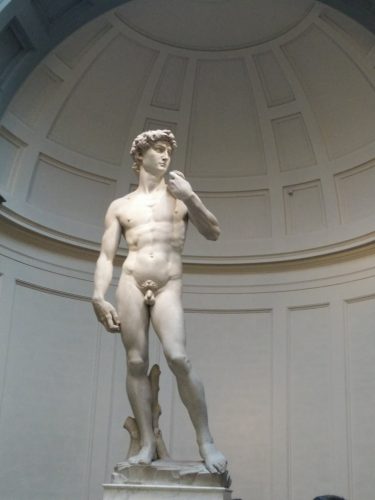
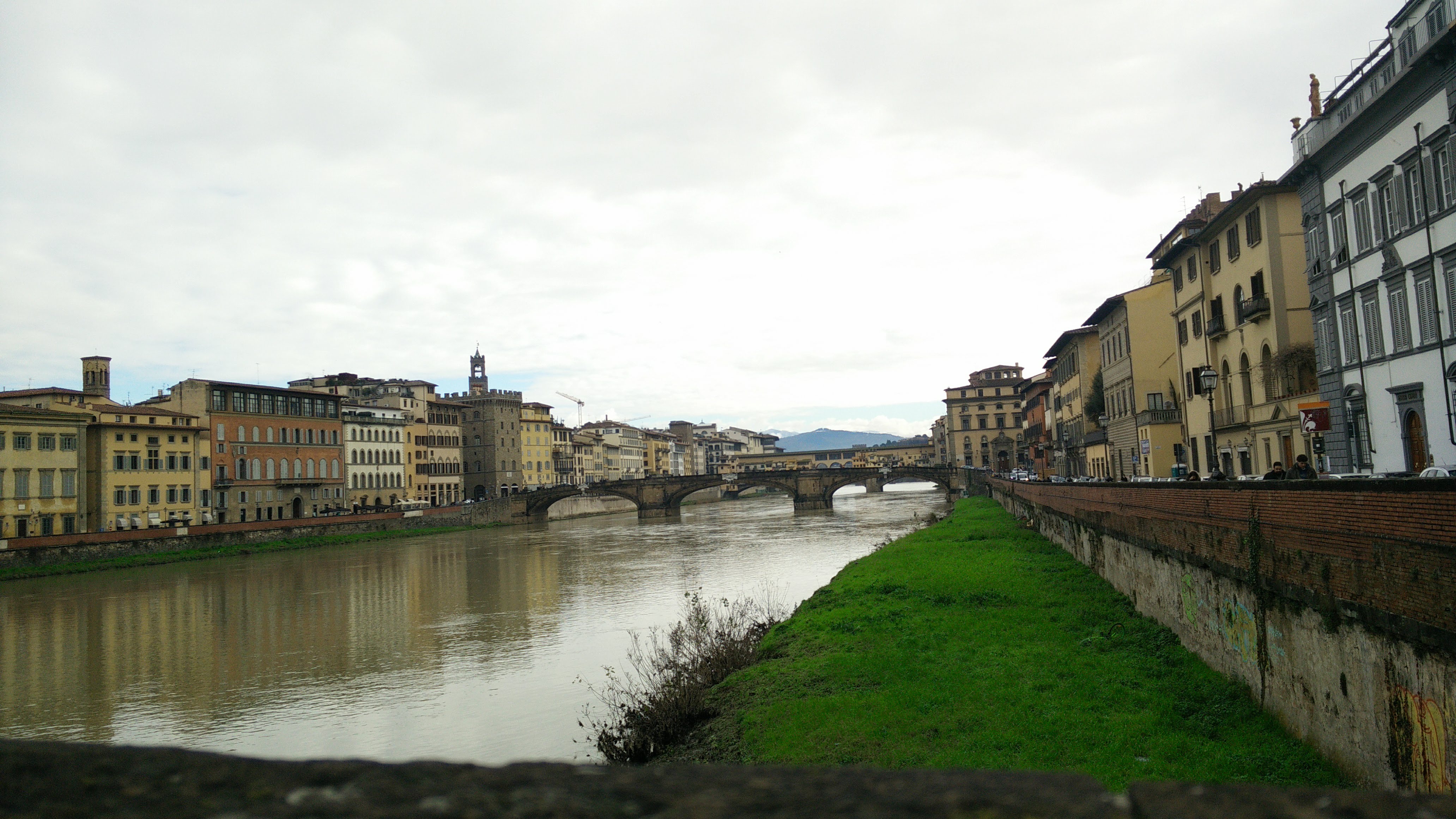
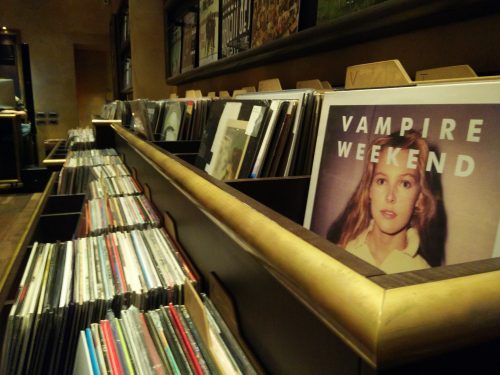
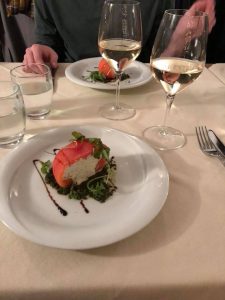
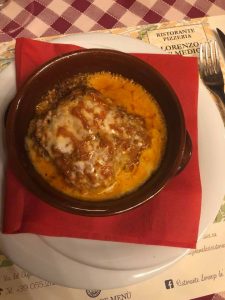
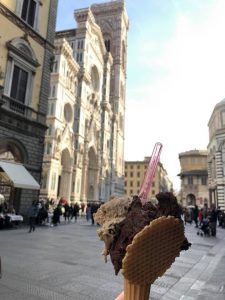
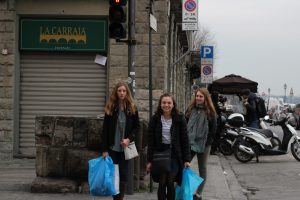
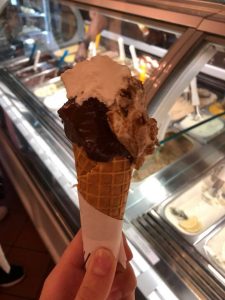



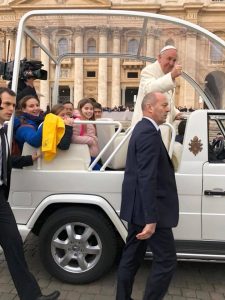
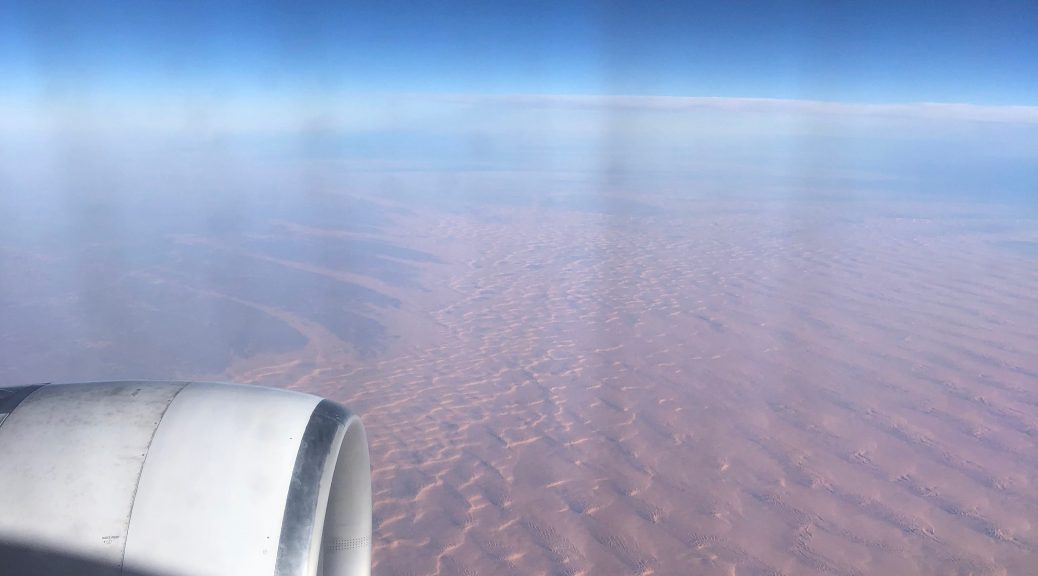
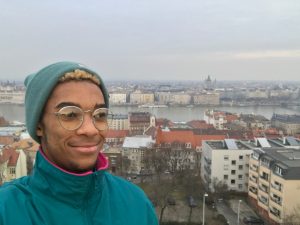
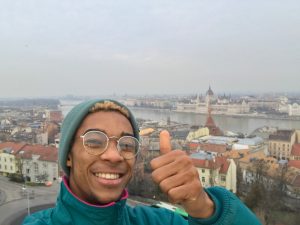
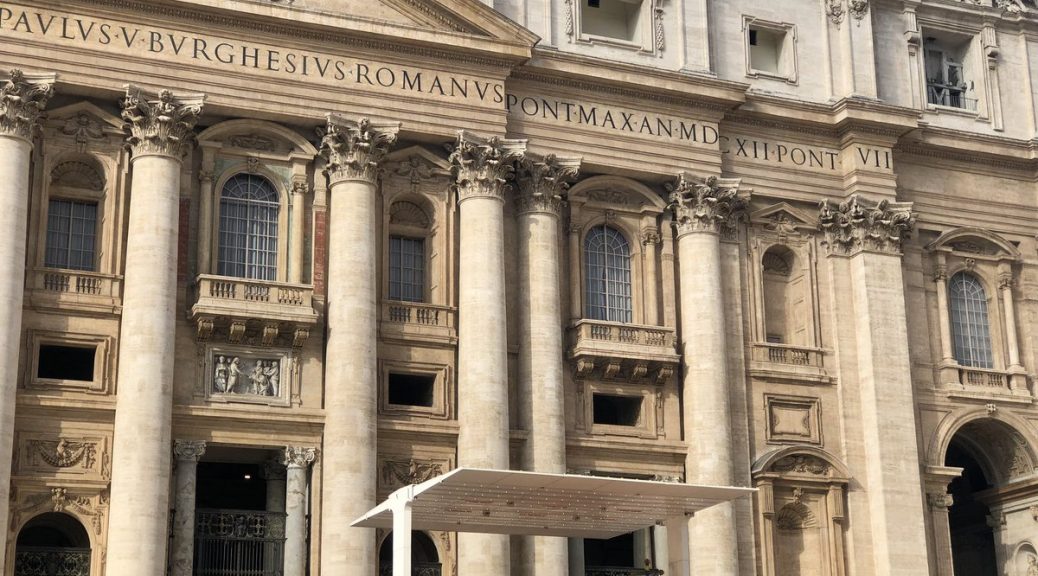
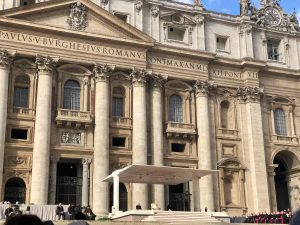 media sites by 20% by April. I don’t anticipate that being incredibly difficult since their sites are ideal for finding amazing spots all around Rome. The whole process of dressing business casual, taking the metro, drinking espresso, and working for a Rome based company makes me feel more local than a tourist the longer I’m here. Every Thursday, everyone in the office does Thirsty Thursday and has a glass of wine together to boost morale. It really takes the pressure off working throughout the week. My main task as of now is to create my own schedule to produce content to post in Instagram, Twitter, and Facebook throughout the week. I’m loving the creative freedom and the opportunity to produce unique content to help the company grow.
media sites by 20% by April. I don’t anticipate that being incredibly difficult since their sites are ideal for finding amazing spots all around Rome. The whole process of dressing business casual, taking the metro, drinking espresso, and working for a Rome based company makes me feel more local than a tourist the longer I’m here. Every Thursday, everyone in the office does Thirsty Thursday and has a glass of wine together to boost morale. It really takes the pressure off working throughout the week. My main task as of now is to create my own schedule to produce content to post in Instagram, Twitter, and Facebook throughout the week. I’m loving the creative freedom and the opportunity to produce unique content to help the company grow.